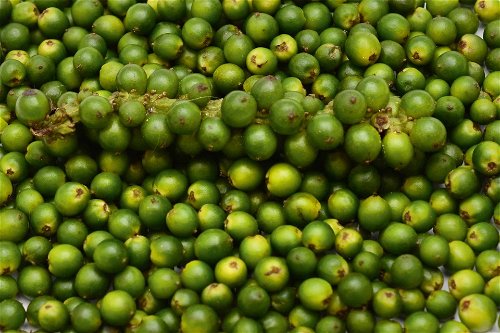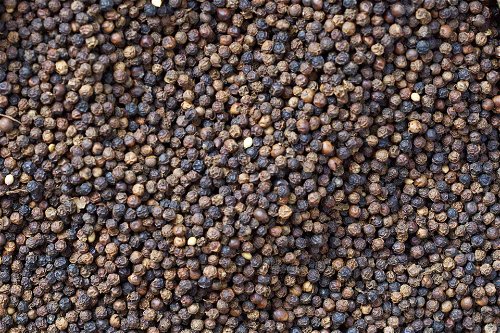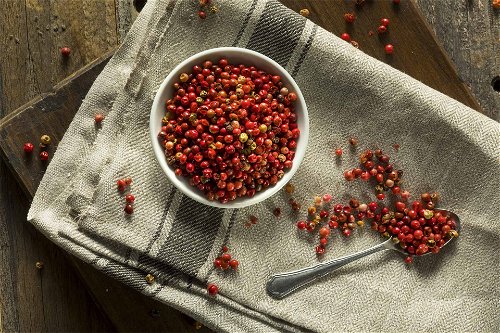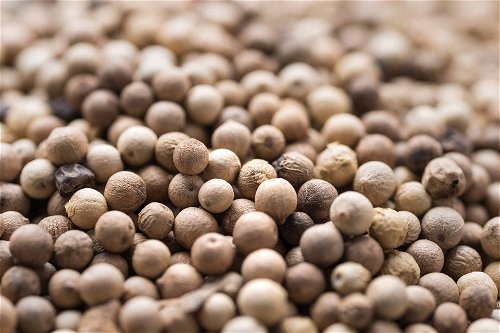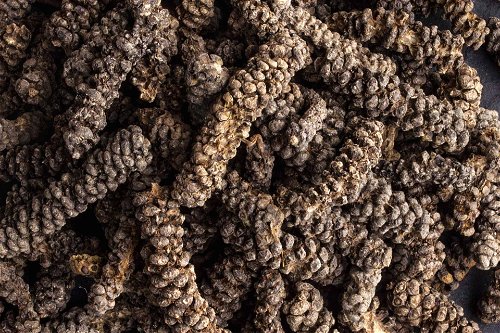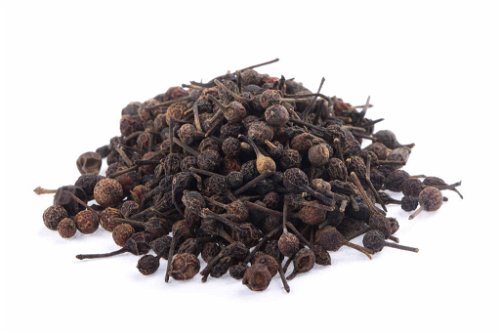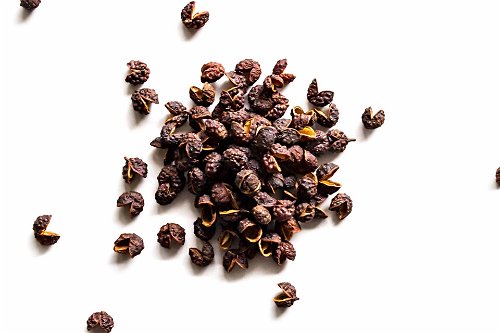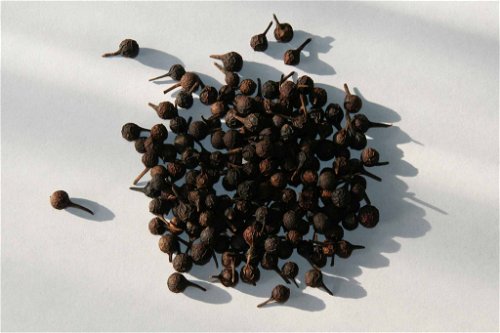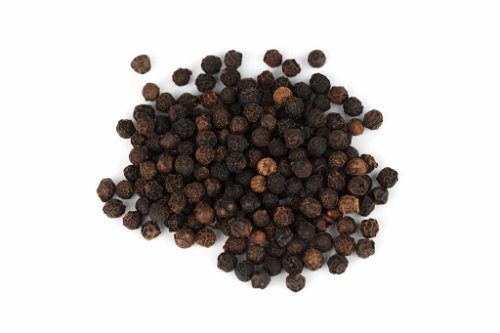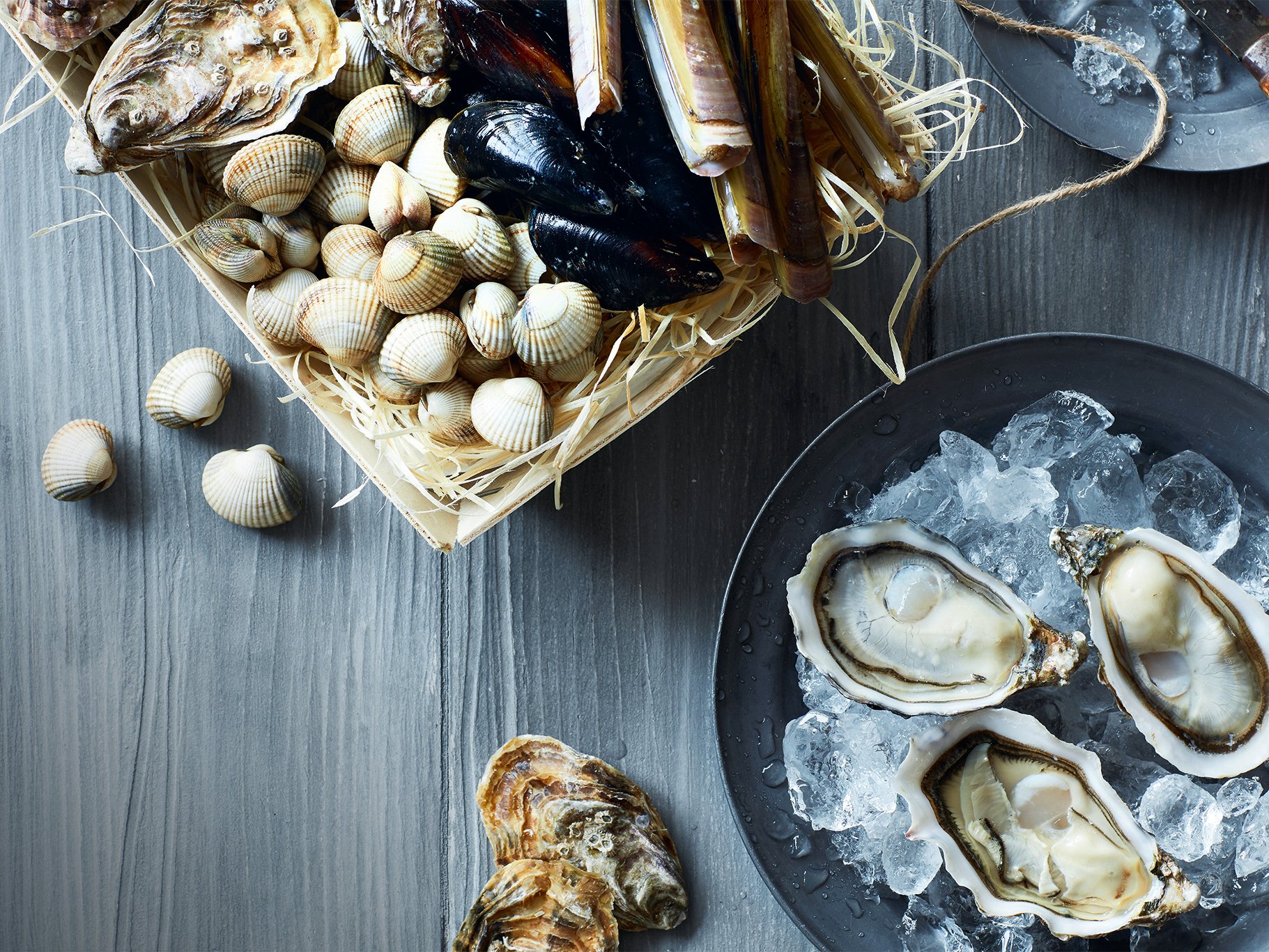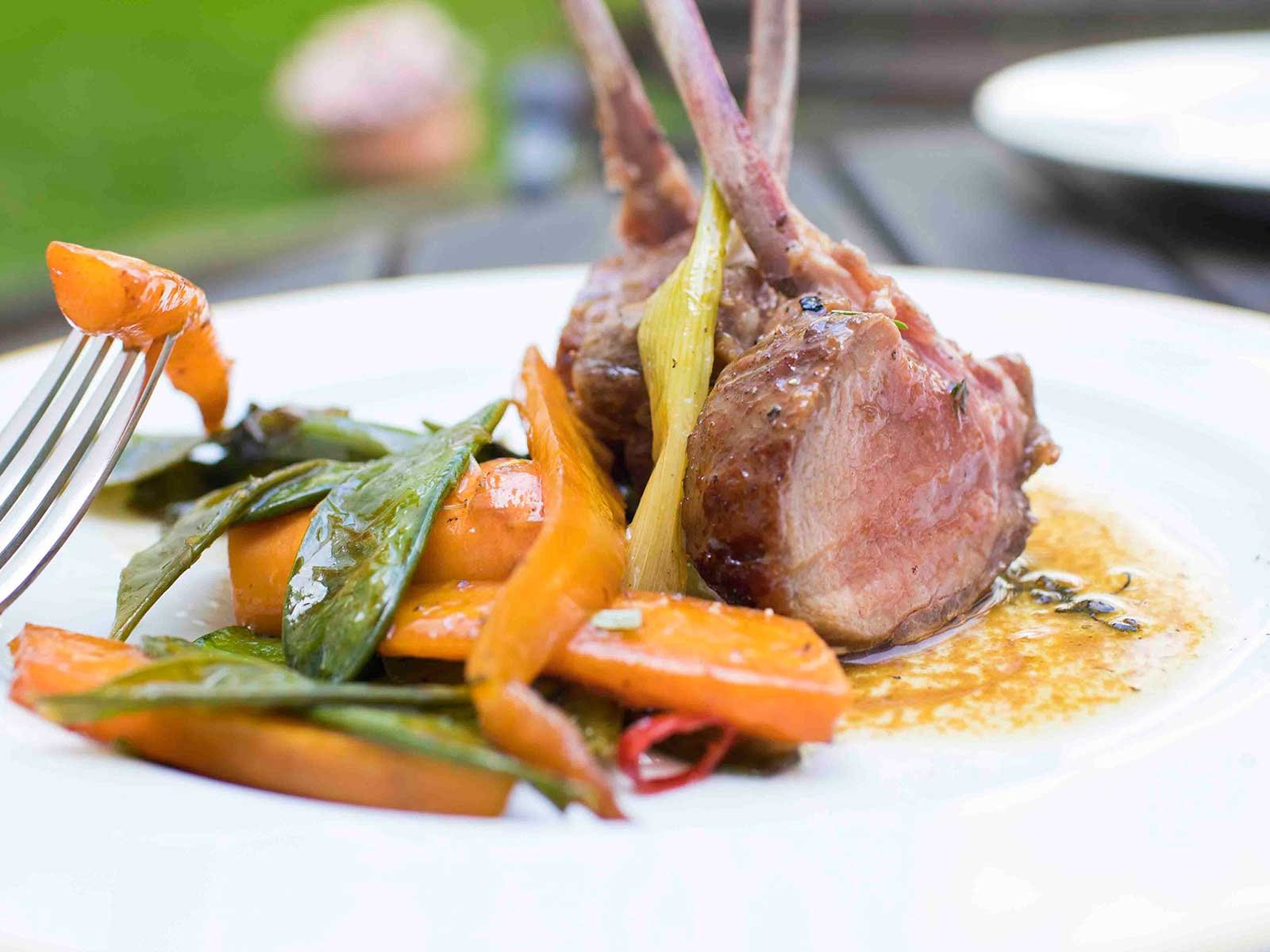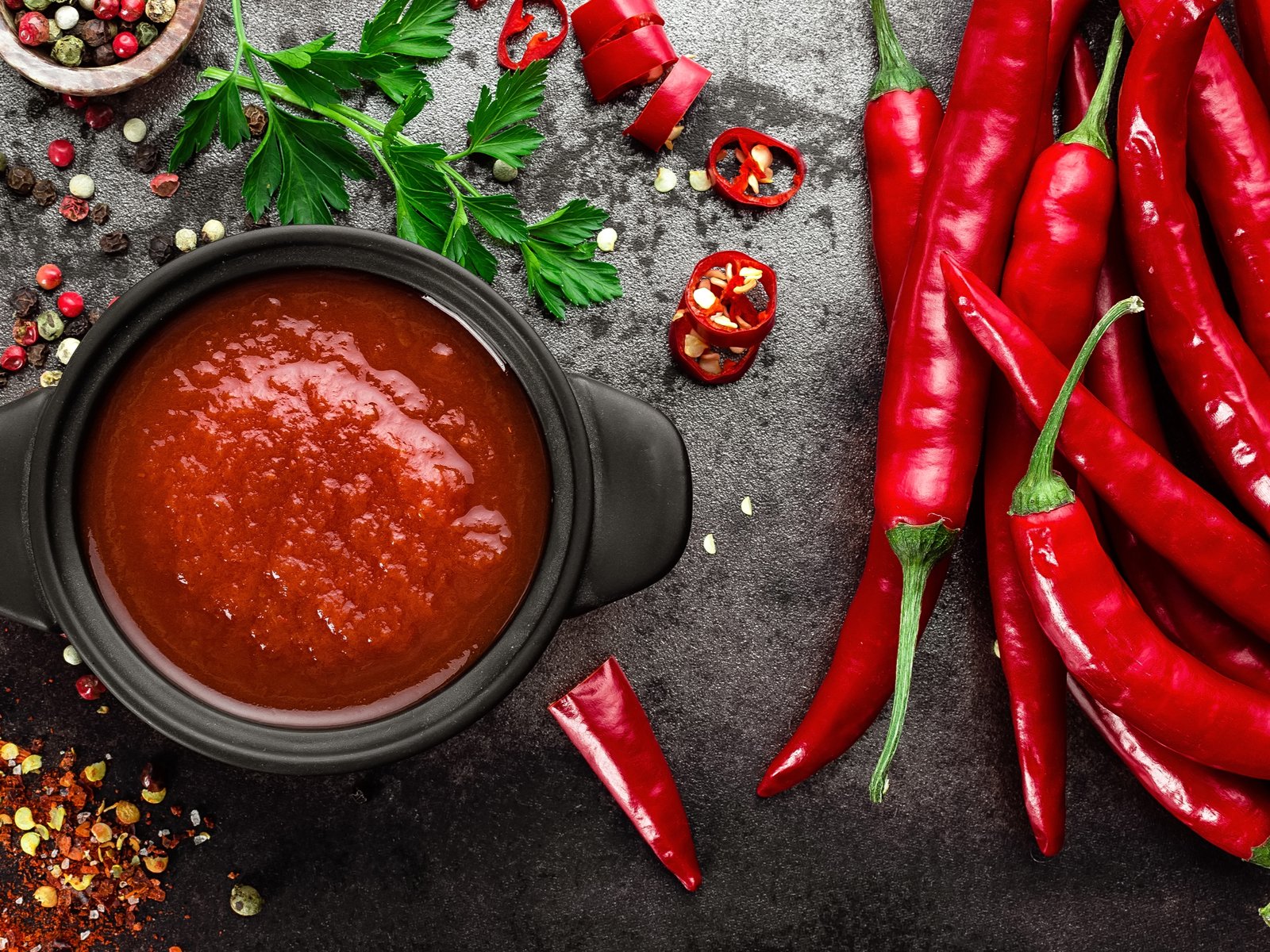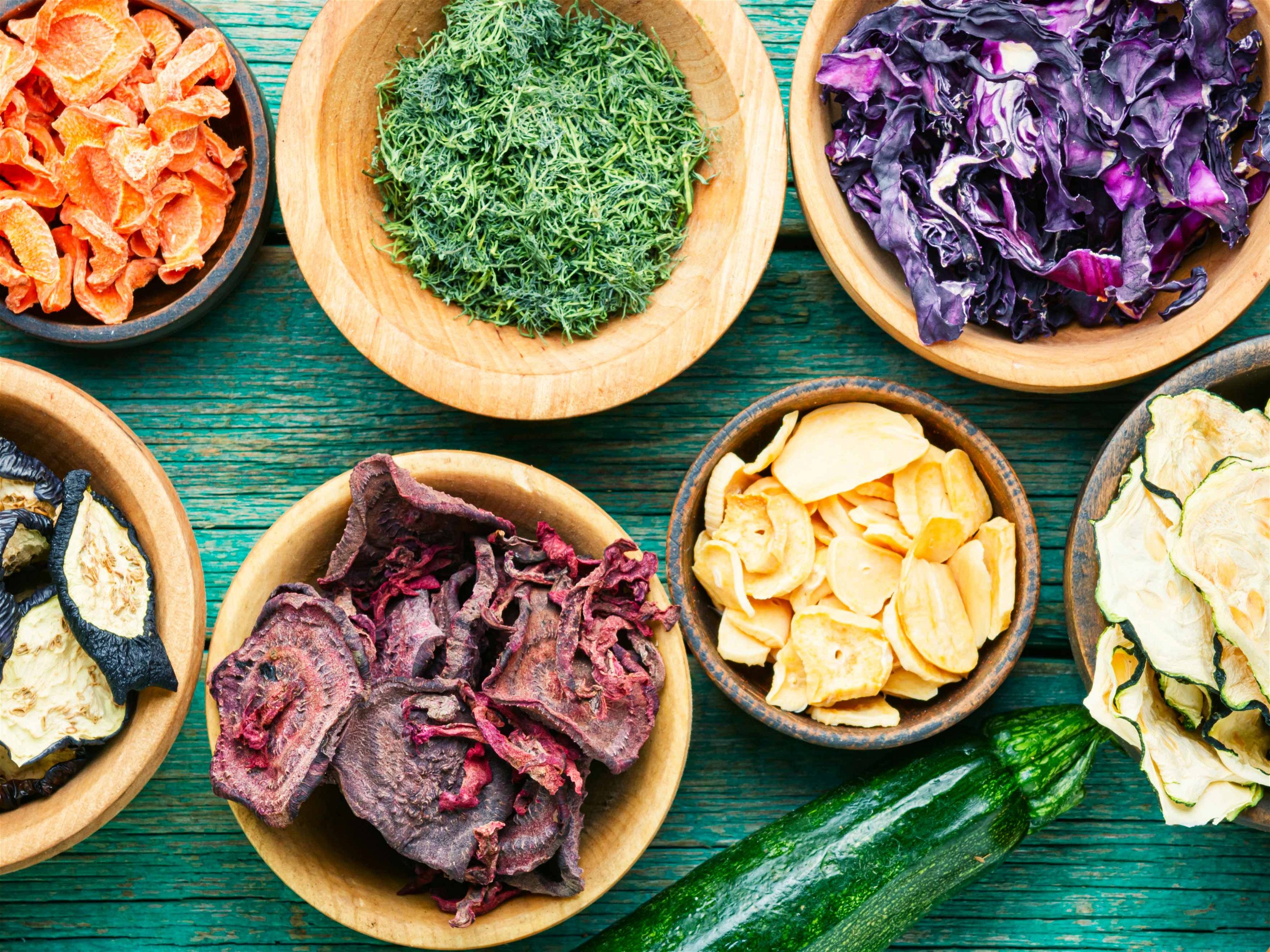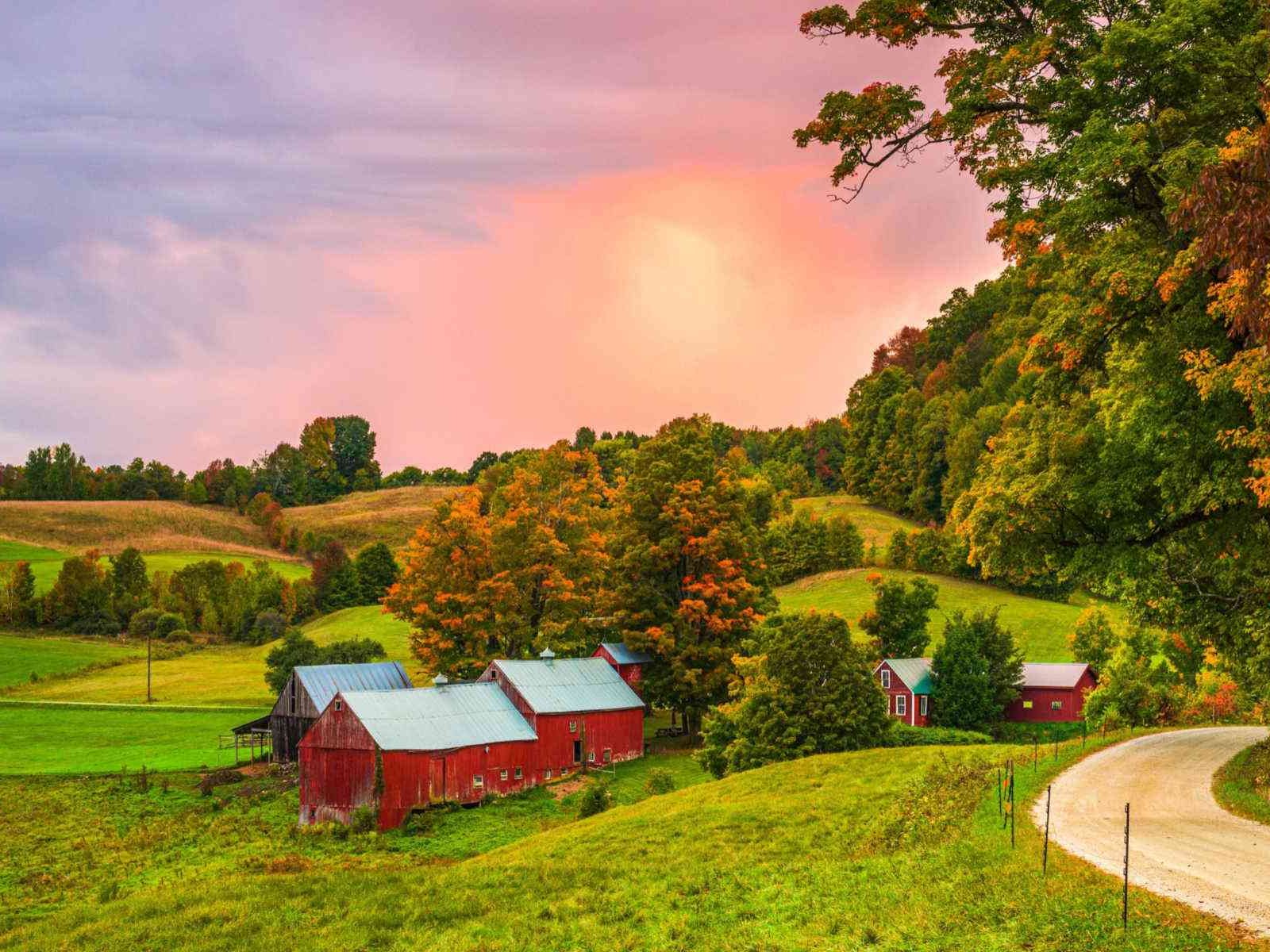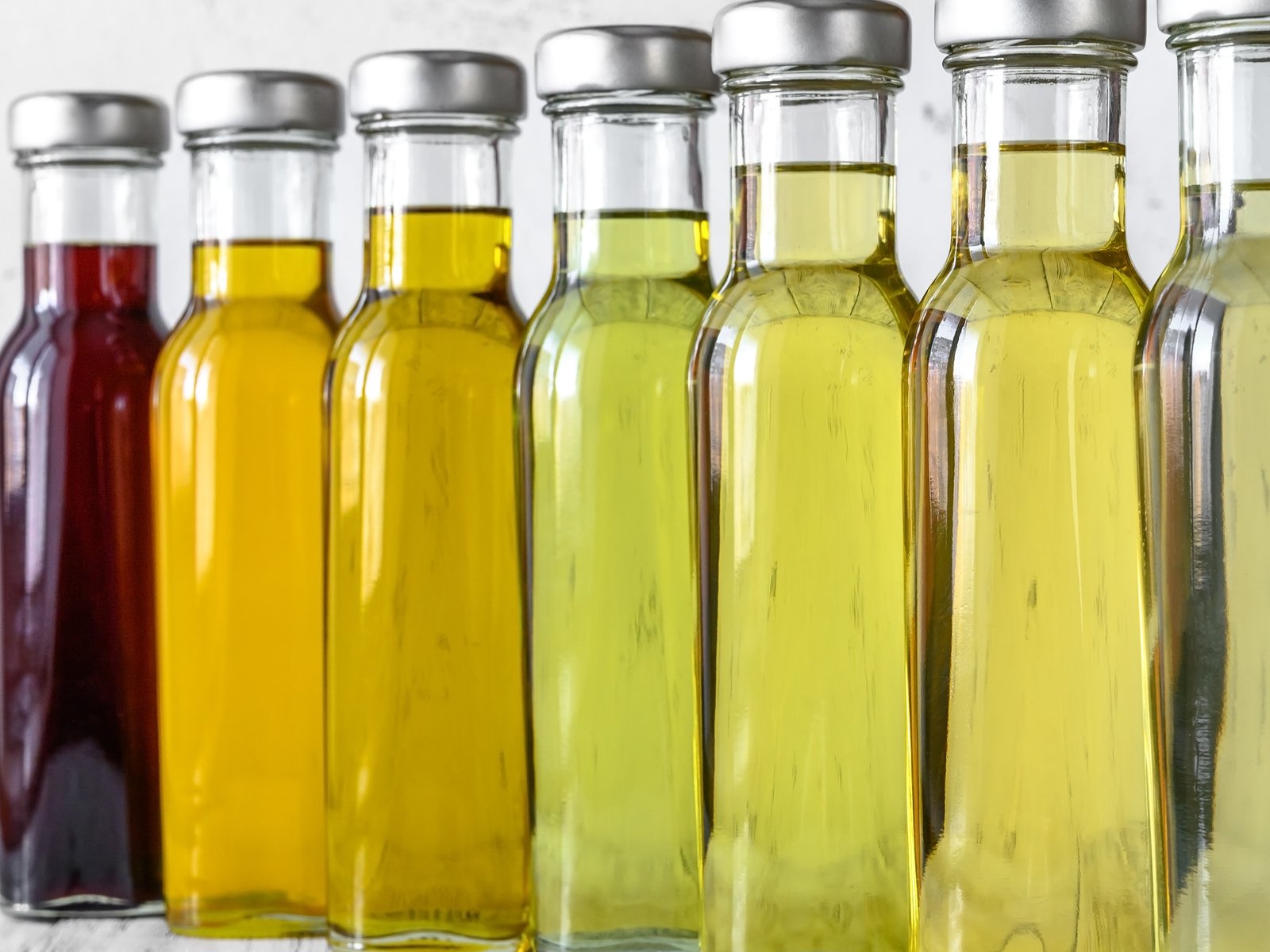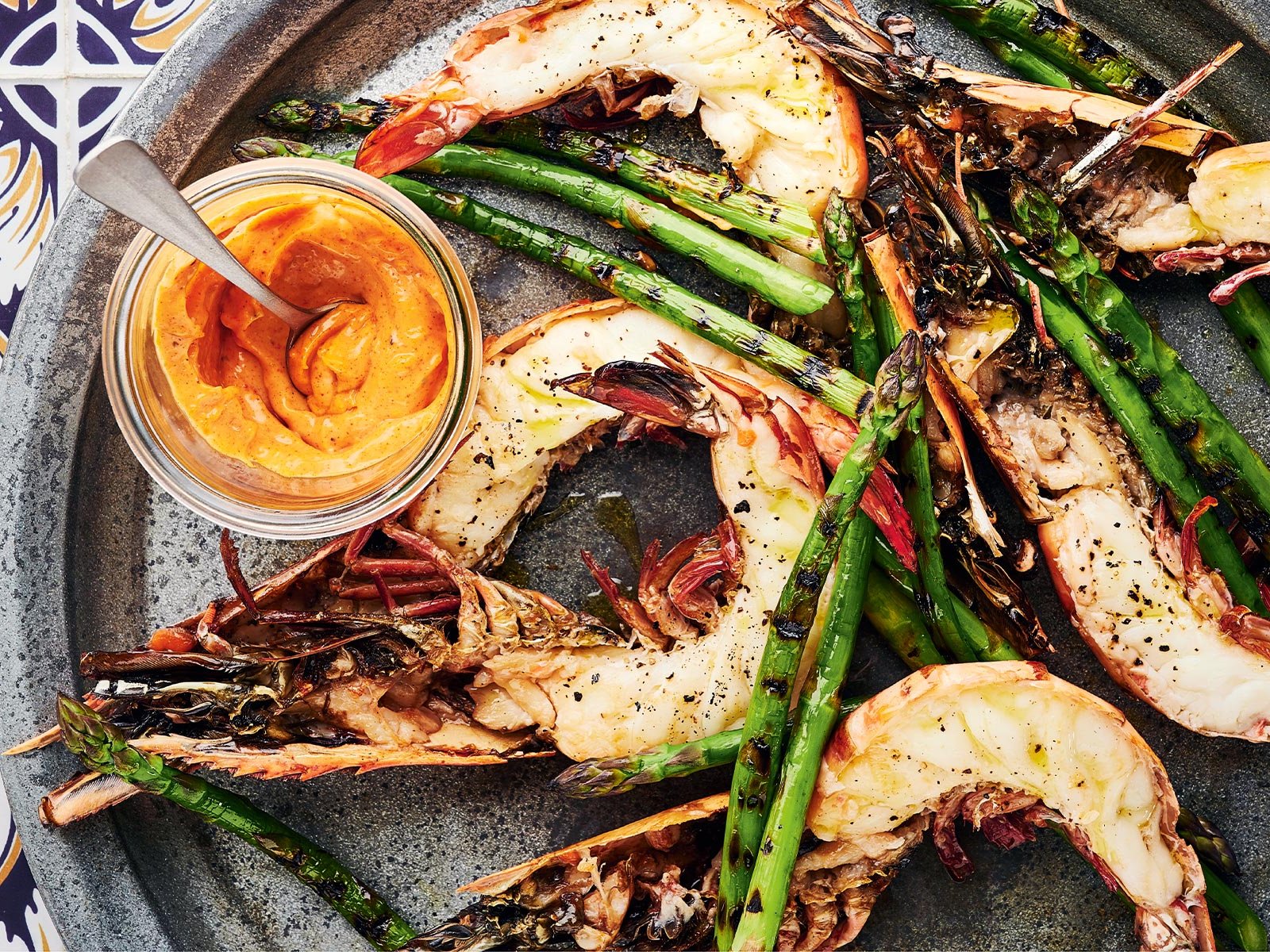Where the Best Pepper Grows
Timut pepper from Nepal, mountain pepper from Tasmania or Andaliman pepper from Sumatra: exotic pepper varieties from all corners of the world.
For some, they are just seeds (although actually they are fruit, or more accurately still, drupes). Dark dry fruit that you grind and sprinkle over a dish. Just a spice, a seasoning, nothing more. Others, however, are literally enraptured by the word pepper. They list exotic varieties and rave about interesting and exciting aromas; the scent of grapefruit, bitter, woody notes or sweet, fruity accents.
There is talk of white Malabar jungle pepper from India, fermented Kampot pepper from Cambodia, wild Andaliman pepper from Sumatra or Timut pepper from Nepal. Chefs and diners alike are realising that pepper can offer much more aromatically than just being peppery hot.
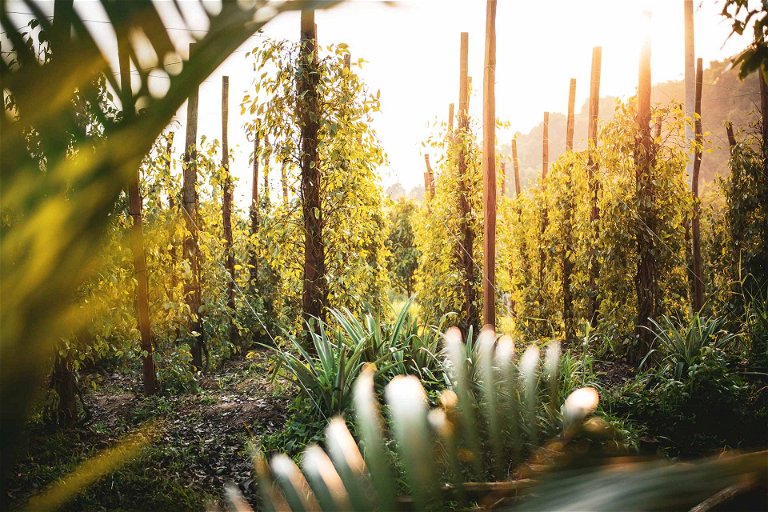
Piper Nigrum
Pepper, Piper nigrum, is a climbing plant that can grow up to ten metres high. Pepper originally comes from the Malabar coast in the province of Kerala in southwest India - the largest cultivation areas today are in India, Malaysia, Indonesia, Vietnam, Brazil, Cameroon and Cambodia.
The Colour of Pepper
The four basic varieties of pepper are black, white, green and red pepper; all these varieties fall into the category of 'real pepper', while all other varieties are called 'false pepper' and are from a different plant species.
Green peppercorns are simply drupes that have been harvested before they are fully ripe. To preserve their green colour they can be freeze dried, treated with sulphur dioxide, pickled or sold in brine. Black pepper is also harvested green and unripe, but gets its black colour through oxidation whilst drying. Red pepper, on the other hand, comes from fully ripe fruit, but is not to be confused with the commonly available pink berries found in many pepper blends. Red pepper can also pickled or dried after harvesting. If the outer layer of the red drupe is removed, usually by soaking after harvesting, then white pepper is produced.
False Pepper
As a stimulant, however, false pepper varieties have recently gained in importance, such as the currently fashionable Timut pepper, a close relative of Sichuan pepper. Timut pepper grows wild in Nepal and is collected by hand. Compared to Sichuan pepper, the fruit is somewhat smaller and darker. The aroma is citrusy, the taste and fragrance are reminiscent of grapefruit and it has the same tingling and mouth numbing properties of its Chinese relative.
Sichuan pepper, named after the Chinese province where it grows, is also a false pepper. It comes from prickly shrub-like trees that belong to the citrus family, Zanthoxylum simulans. In Japan, the fruits of this plant are called Sancho pepper or Japanese pepper. There are two harvests of Sancho pepper, one in spring and one in autumn. Nevertheless, the total quantity produced is comparatively small and so Sancho pepper tends to be one of the more expensive peppers on the market.
Grains of truth
Green, black, red and white pepper are called "real pepper". Long pepper is the original form of pepper. All others are "false peppers", but they are currently in high demand.
Fruit of the Earth
- Green pepper works very well as a pepper sauce, especially for steaks.
- Black pepper is the most common pepper of all.
- Red pepper goes well with red meat, game tuna and desserts.
- White pepper is the most subtle of the four colours and has the least piperine.
- Long pepper, also called Bengal pepper, is the original form of today's pepper and has a chocolatey, sweetish taste. It must be crushed in a mortar.
- Cubeb pepper generally comes from Java and is also known as tailed pepper because of the small stems on the drupes. Tastes slightly of menthol and eucalyptus with bitter aromatic notes of clove. Works well in curries and braised dishes.
- Voatsiperifery pepper only grows wild in the tropical jungle in the Sambirano Valley on Madagascar. An absolute rarity, woody and earthy with a medium heat. The pepper is not cultivated, but collected in the jungle.
- White Malabar jungle pepper From the Kerala nature reserve in southwest India, this white pepper shows intense spiciness with an aromatic hint of citrus. Brilliant ground over mashed potatoes or scrambled eggs.
- Timut pepper comes from Nepal. The citrusy fresh taste is typical and goes well with Asian cuisine and especially fish dishes.
- Tasmanian mountain pepper A spice rarity from Australia with a complex variety of aromas, similar to black pepper but more aromatic and much hotter. Good for steaks when ground, ideal for braised dishes when whole.
- Sichuan pepper Classic spicy, mouth tingling spice from China, Sichuan pepper is a key ingredient in Chinese five spice. On its own, it is bitter, numbing and citrus.
- Tellicherry jungle pepper This pepper comes from the South Indian Malabar coast, one of the best pepper growing regions in the world. Only harvested when ripe from some of the oldest plants in the Kerala nature reserve. Nutty warm and intense with a fine sharpness.

